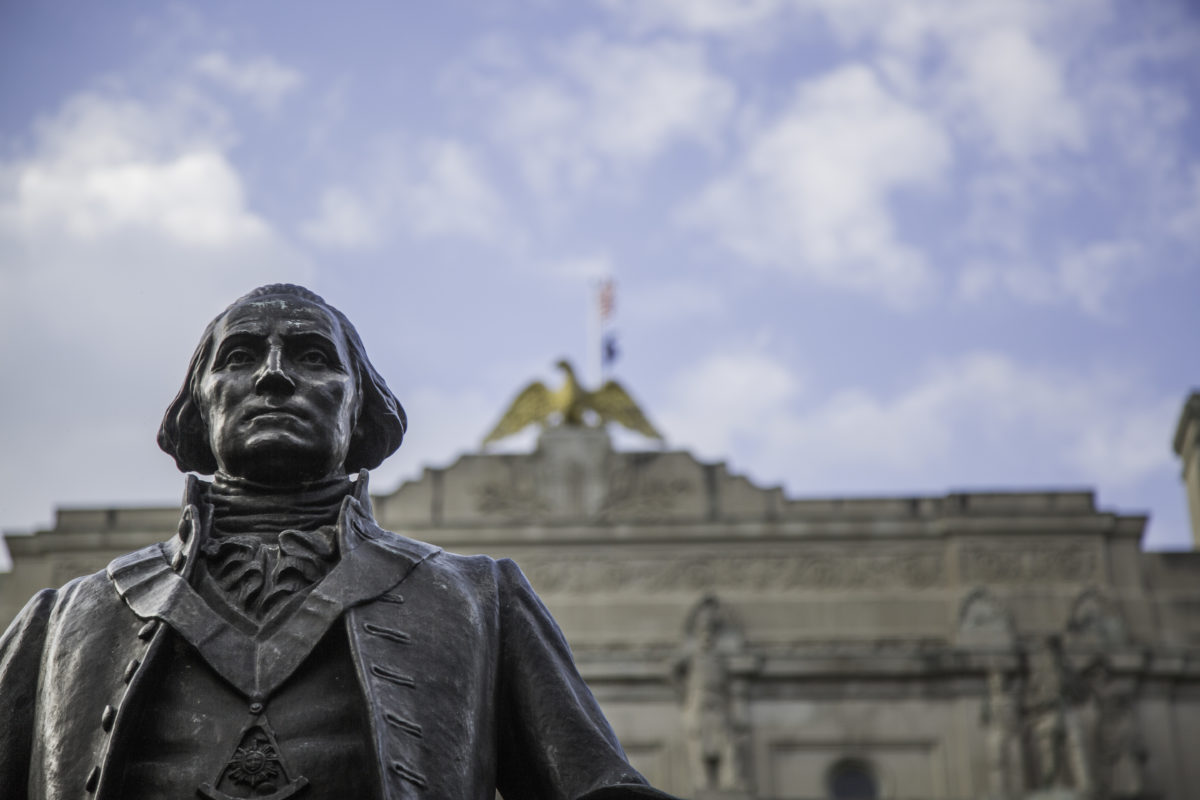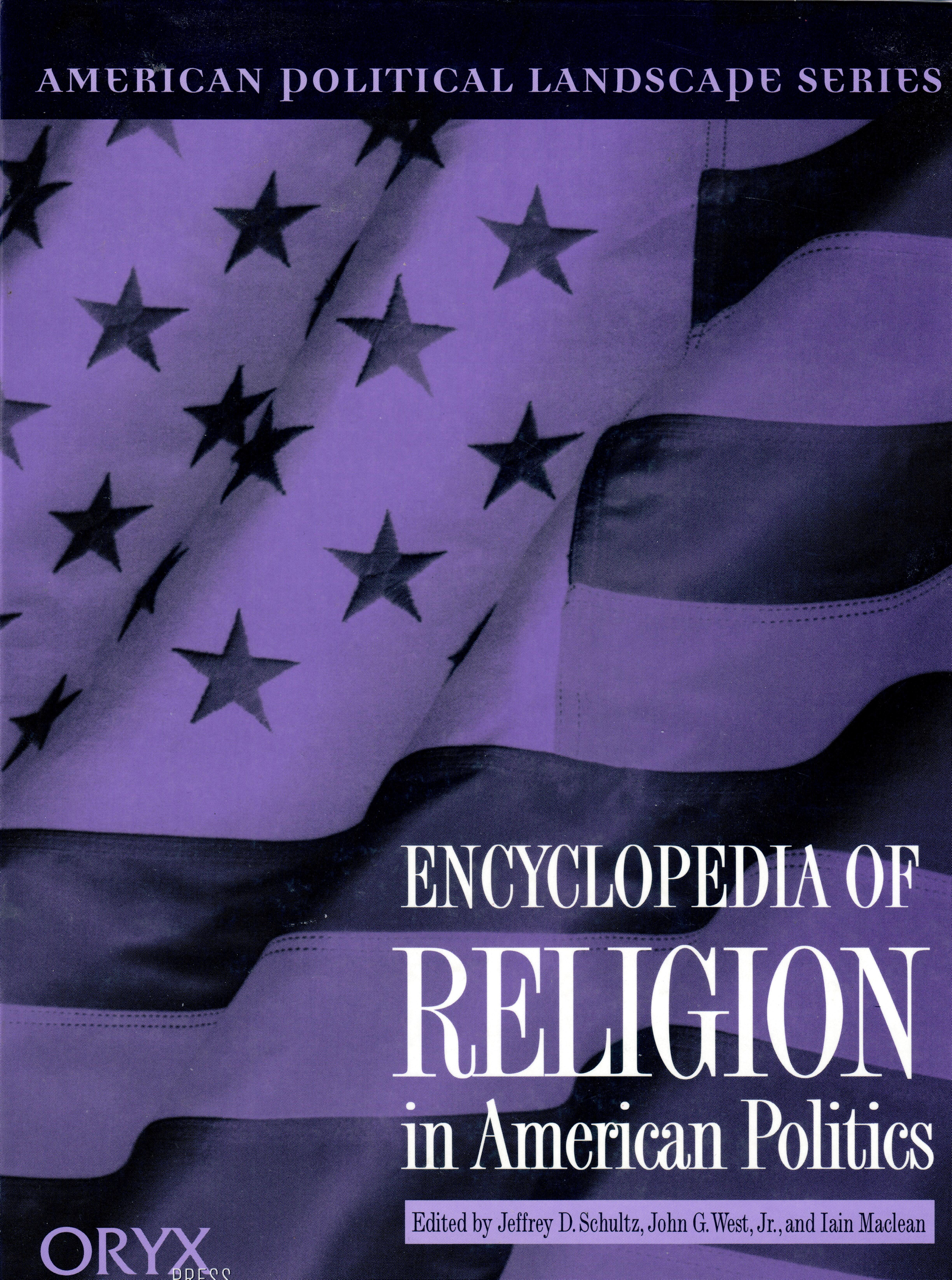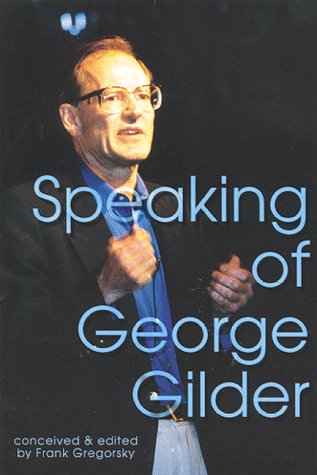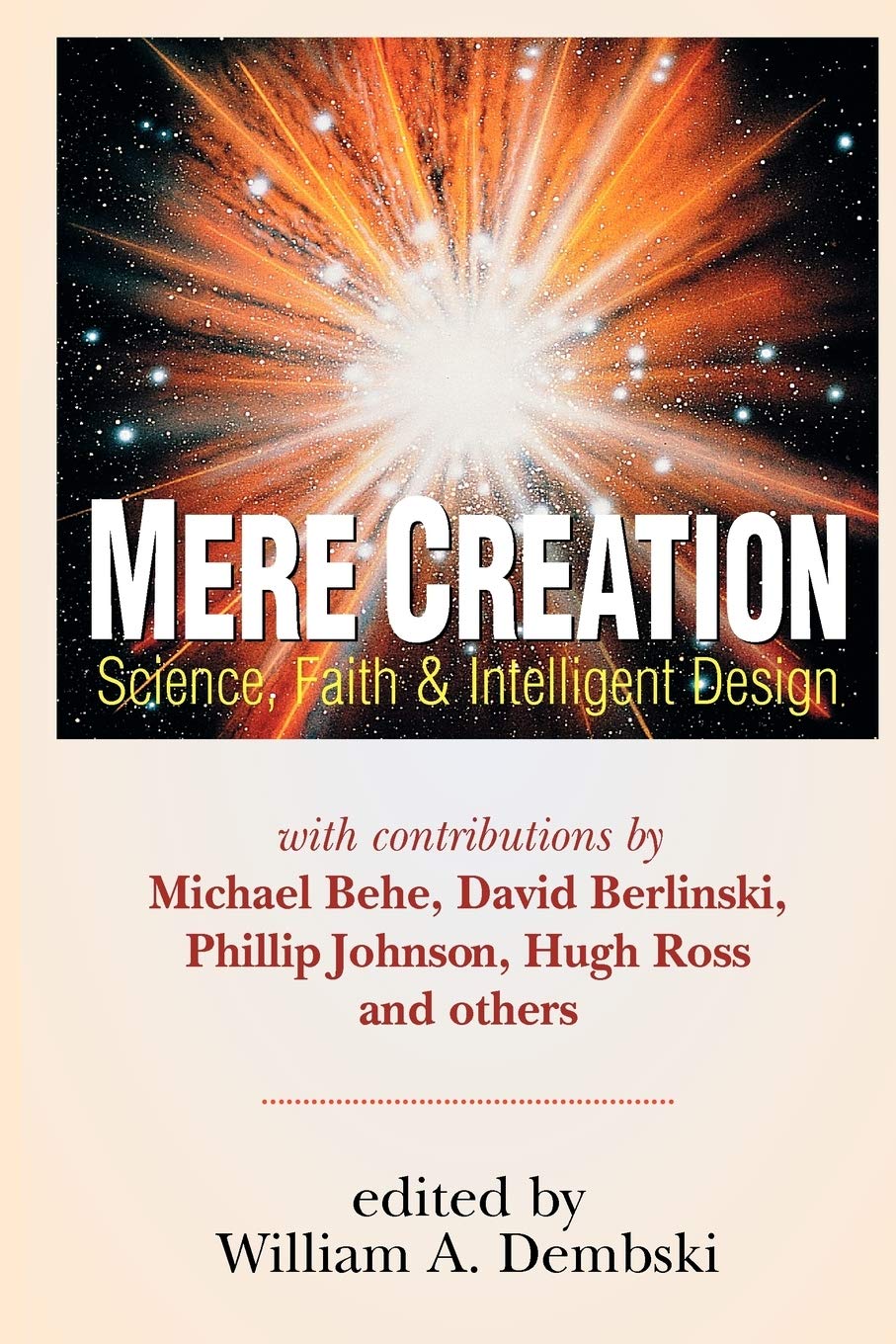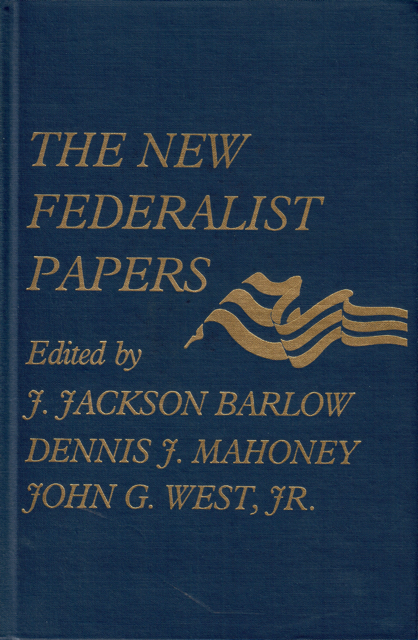The Designed “Just So” Universe
Introduction What does it mean on a human level for an engineer to design a product? On a grand scale, what would it mean to say that the universe is the product of an intelligent designer? And what evidence is there to support such a claim? What features of the universe suggest that a “home” has been carefully crafted for Read More ›
